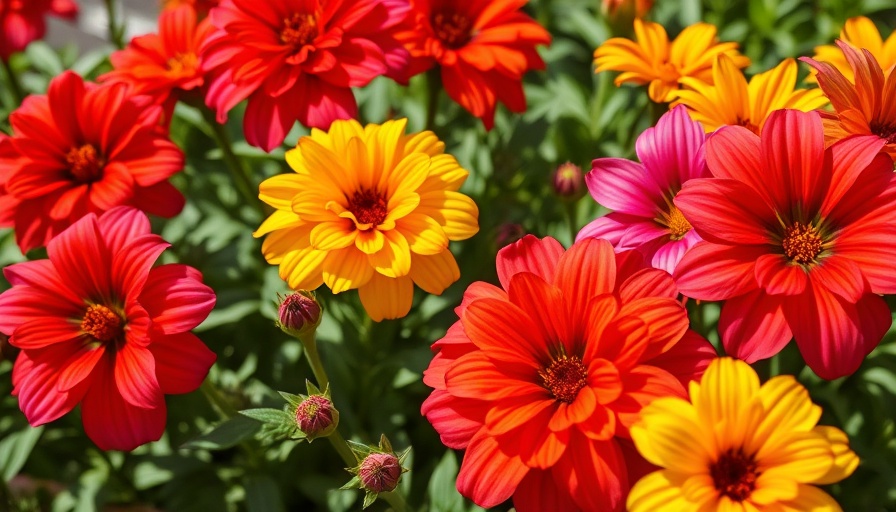
Transforming Your Yard with a Rain Garden
As homeowners become increasingly aware of environmental issues and water conservation practices, solutions like rain gardens are gaining attention. A rain garden is designed to collect and utilize stormwater runoff, allowing you to keep excess water on your property, reduce flooding, and support local ecosystems. In the recent episode of Ask This Old House, experts delve into creating a rain garden in Portland, emphasizing its multiple benefits.
In ASK This Old House | Rain Garden, Wrought Iron Railing (S22 E7), the hosts explore essential home improvement ideas, particularly focusing on rain gardens and safety installations.
Why Rain Gardens Matter
In urban settings, where grass often serves as a form of "green asphalt," runoff water flows directly into the drainage system. This can lead to pollution as debris and chemicals are washed away into our water bodies. Rain gardens, however, allow homeowners to capture, allow infiltration, and utilize this water for plants, helping to improve soil conditions and reduce the need for city drainage systems.
Steps to Install Your Own Rain Garden
The installation process for a rain garden involves several crucial steps. First, determining the placement based on roof area and downspout location is essential. Ideally, the garden should be at least 10 feet from your home's foundation and must be sized appropriately to manage the expected water flow from rains.
The experts recommend maintaining native plants that thrive in your local climate. For example, combining deciduous and evergreen plants can provide visual interest while also supporting wildlife. Soil composition is also vital; a mixture that remains loose can ensure proper drainage and root growth. Regular watering in the initial stages helps the plants establish before they thrive independently.
Incorporating Safety Features Around Your Home
In addition to landscaping innovations like rain gardens, safety features are just as important for homeowners, especially those with children. In another segment of this episode, an expert addresses a family’s concerns regarding steep concrete stairs. Adding a wrought iron railing not only enhances safety but does so without compromising aesthetic appeal, creating a harmonious blend of form and function.
Choosing the Right Materials for Longevity
The selection of materials plays a critical role in both design and safety. Wrought iron railings are highlighted for their durability and elegant appearance, effectively providing security for families navigating stairs. When installed correctly—using sturdy posts sunk into concrete—they offer a lasting solution for potential accidents.
Conclusion: Enhance Your Home Effectively
Both rain gardens and safety railings exemplify how thoughtful improvements can add value to your home while addressing environmental and safety concerns. If you're considering enhancing your property, niche solutions such as these are worth exploring. Whether it’s through landscaping or implementing safety measures, there are numerous options to beautify your space and make it safer for everyone.
If you're inspired by the possibilities of incorporating a rain garden into your yard or enhancing safety with railings, consider reaching out to local experts or landscape designers to help guide your next project!
 Add Row
Add Row  Add
Add 




Write A Comment